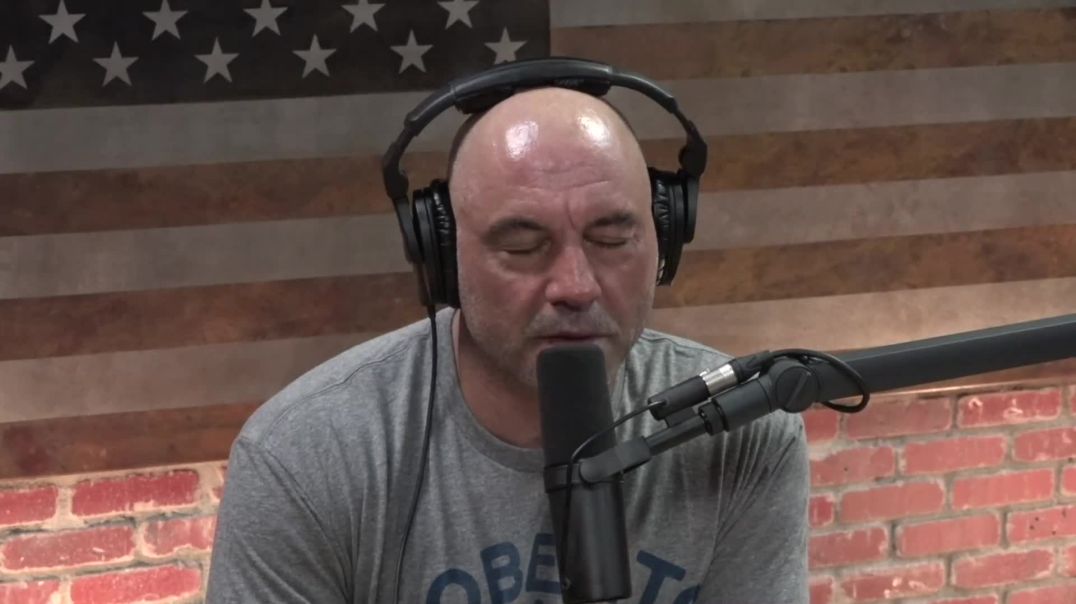45 Views· 05 July 2022
Collectors Wants To Lead The Sports Card Industry Tech Revolution | Forbes
Technology is changing the century-old trading-card market, just as it’s changing Collectors. Forbes can reveal that the company, with a recent name change from Collectors Universe, secured $100 million in new funding from its existing investors in January, pushing its valuation to $4.3 billion. That represents a five-fold increase from the roughly $850 million acquisition price last February, and an astounding 30-fold jump from the market cap at the stock’s low point two years ago.
Collectors, which is based southeast of Los Angeles in Santa Ana, was created as a holding company in 1999, but its history stretches back to the 1986 founding of Professional Coin Grading Service, more commonly known as PCGS, and the 1991 founding of Professional Sports Authenticator, or PSA. Both divisions are in the business of verifying that collectibles, whether they’re coins or trading cards or other sports memorabilia, are authentic and unaltered. They also judge physical condition, assigning a 1-through-70 score for coins and a 1-through-10 score for cards. Customers pay a fee, which at PSA ranges from $50 to $12,000 per submitted card, based on the item’s estimated value and whether it includes an autograph.
That might sound a bit silly. But prices for high-end collectibles have soared, and counterfeiting has become more sophisticated. Authenticators, including Collectors competitors like Beckett Grading Services and SGC, have become an indispensable part of the market. It’s not all that different from GIA certifications for diamonds, Moody’s credit ratings for corporate borrowers or Nielsen’s TV viewership numbers. The goal is to level the playing field with information.
For card graders, that has included creating reports and registries to allow collectors to see just how rare their prized items are and price them accordingly. With the renewed emphasis on quality over quantity, the industry recovered from the “junk wax” era of the 1980s and ’90s, when massive overproduction by card manufacturers sent prices plummeting. Trading cards spent the last 20 years on a steady upward trajectory—until the pandemic.
Read the full story on Forbes: https://www.forbes.com/sites/b....rettknight/2022/03/3
Subscribe to FORBES: https://www.youtube.com/user/F....orbes?sub_confirmati
Stay Connected
Forbes newsletters: https://newsletters.editorial.forbes.com
Forbes on Facebook: http://fb.com/forbes
Forbes Video on Twitter: http://www.twitter.com/forbes
Forbes Video on Instagram: http://instagram.com/forbes
More From Forbes: http://forbes.com
Forbes covers the intersection of entrepreneurship, wealth, technology, business and lifestyle with a focus on people and success.



























0 Comments